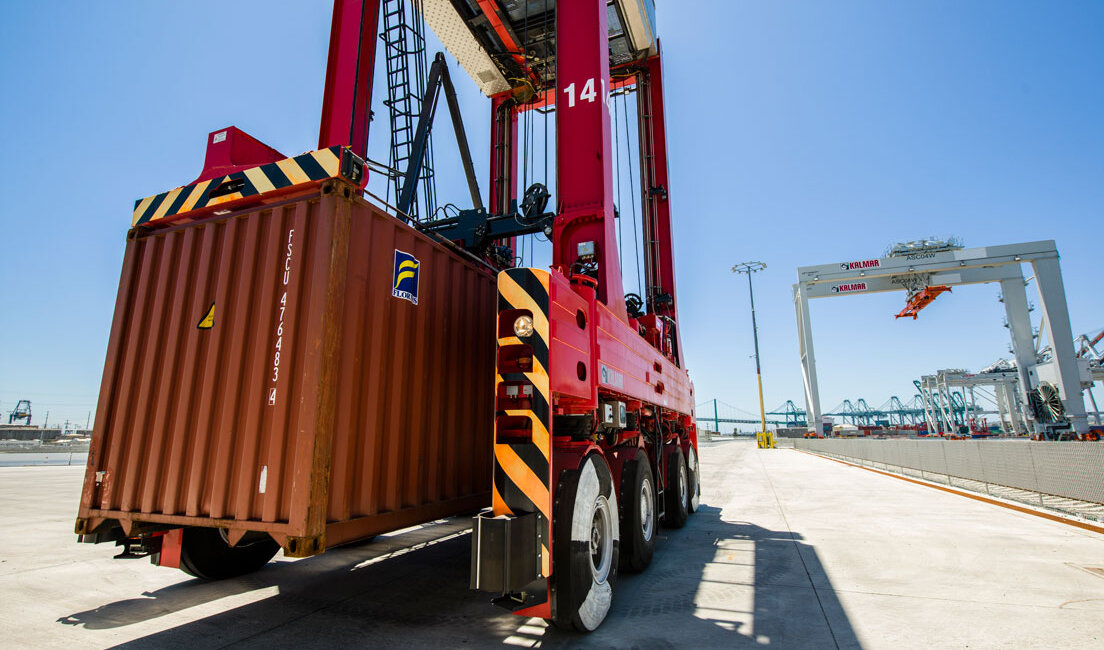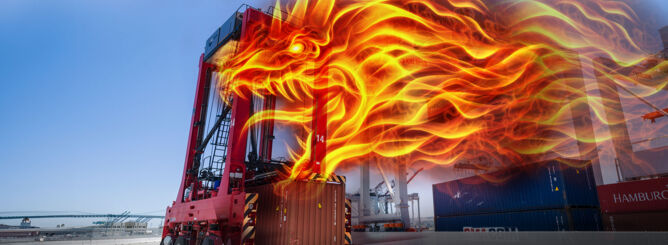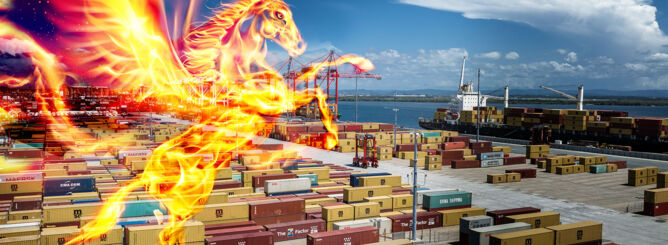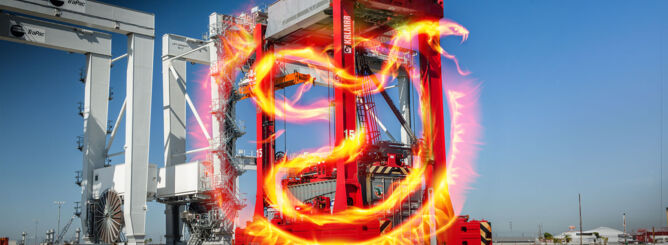Safety at the core of automation design
Our webinar from last October covered the importance of safety in automated terminals. Here are the key takeaways we discussed: What’s the importance of cooperation between supplier and customer? What role does solid risk analysis play? How can we define and adapt the safety functionalities of automated equipment?
Although automation naturally increases safety by minimising the need for humans and machines to interact, there are still interfaces where this has to happen – for example, during maintenance procedures and when handling exceptions.
“This is why at Kalmar we consider safety a core part of any automated system, not a separate function,” says Reetta Jokinen, Senior Safety Manager, Kalmar. “We call this smart safety, where it is part of normal working processes and it doesn’t impact normal operations.”
“We have delivered this type of automation safety system in close cooperation with customers all across the world for a variety of different products and machines,” says Oskari Tähtinen, Product Safety Engineer at Kalmar.
Identifying hazards through risk analysis
There are all kinds of challenges relating to operational safety, including legislation, operational and customer needs, and human behaviour – people tend to want to work in the easiest way, which isn’t necessarily always the safest way.
“There are several factors that can influence decision making, so for every project we work with customers to identify these factors using a thorough risk analysis for both machines and operational hazards,” explains Reetta. “There are also Type C standards, which provide guidelines on how to follow regulations like the EU Machine Directive. Finally of course there are customer requirements to take into account.”
There are several different safety standards that can apply to container-handling equipment, including basic standards that describe how to design, apply and maintain automatic safety systems, and more specific standards like ISO 13849, which is focused on the safety-related elements of control systems.
“As a manufacturer, we have chosen to follow the ISO 13849 standard simply because it is more commonly used for machinery in Europe,” says Oskari.
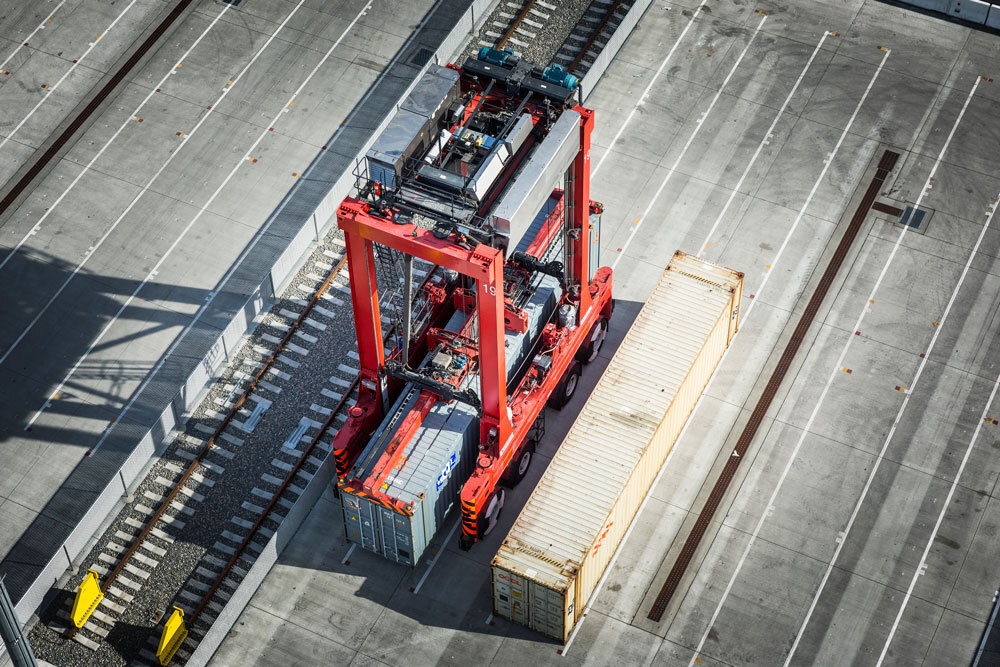
A safety process based on ISO standards
Kalmar’s safety process is based on the ISO 12100 standard. Whether we are talking about a new system, a design change or a new requirement, everything begins with a risk analysis and evaluation. The first step is to define the scope of this analysis – what kind of machine we are talking about, where it will be operating and the human-machine interfaces. Once the scope is defined we can begin to analyse and evaluate the risk.
“If the risk level is deemed to be high we need to consider how to tackle this with risk mitigation before the system is considered to be safe and ready for delivery to the customer,” Reetta explains. “Customer feedback is really important in this process because it helps us to constantly improve the safety of the systems we design and deliver.”
“When we design and implement a safety function we follow the so-called ‘V-model’, which is divided into design, testing and verification phases – each of which has several sub-phases. For each individual design phase we have a corresponding verification phase to make sure everything is tested thoroughly prior to deployment,” Oskari explains.
Safety as part of Kalmar’s product design process
During the webinar Oskari highlighted some of the safety functions that we at Kalmar are most proud of:
Failsafe Positioning – enables containers to be safely positioned by using a transponder antenna system and encoder to measure the position of a crane gantry or trolley. The system is designed with built-in redundancy, easy initialisation and no need for calibration.
Collision Prevention – prevents potential collisions between automated cranes and between cranes and loads. The system enables automated operations to continue safely even in the case of a malfunctioning crane and includes the flexibility for nested and non-nested operations.
Hazardous Movement Prevention – prevents only the crane movements that are deemed hazardous in a given operational phase. Hazards can be eliminated with targeted movement prevention rather than stopping crane movement altogether. This flexible function considers aspects such as hoist height and machine operation mode to separate safe movements from hazardous movements.
These are just three examples of Kalmar’s smart advanced safety functions for automated yard cranes. Kalmar also offers a huge range of safety functionalities for automated straddle carriers.To find out more watch the full webinar recording here >>
